The Merino is a breed of domestic sheep. Though each domestic sheep has its own unique traits, researchers classify all breeds in the same species, Ovis aries. Additionally, scientists place all sheep in the taxonomic genus Ovis. This group includes five different species, including the dall, bighorn, mouflon, and more. Read on to learn about the Merino.
Description of the Merino
This breed shares a set of characteristics with all sheep. They have paired hooves on their ends of their feet, and they stand on two primary “toes” rather than a single hoof like a horse. Their dense, wiry hair, known as wool, grows continually and must be sheared seasonally.
This breed stands about 2 ft. tall at the shoulder on average, and larger individuals can weigh up to 230 lbs. or more. Males generally reach larger sizes than females.
Interesting Facts About the Merino
This breed of sheep has a number of interesting traits and adaptations. Learn more about what makes them unique, below.
- Sheep Use – People generally use sheep for their wool or for their meat. This breed has particularly high-quality wool, so people generally do not eat its meat.
- Wool Growth – Through domestication, many breeds of sheep produce fine quality wool. Like those other breeds, this domestication has also resulted in a coat that grows year-round. Though this increases wool production, it can also prove a hinderance.
- Shearing – You must shear these creatures at least once per year for them to remain comfortable and healthy. Sheep who do not receive their yearly haircut can suffer from heat exhaustion, blindness, and even loss of mobility. All that wool is heavy!
Habitat of the Merino
Because this breed is a domestic animal, people choose the habitat that they live in. Generally, people keep this breed in farmland, grassland, pasture, and other similar habitats with plenty of grass and plants to feed on. This breed in particular has a hardy nature and can live in a variety of different habitats.
Distribution of the Merino
The people of Spain originally bred this sheep from domestic ancestors imported to Spain. The breed quickly spread from its Extremadura home throughout the country. Its popularity boomed quickly, and the breed is now popular on a global scale.
Diet of the Merino
These mammals have herbivorous feeding habits. They feed primarily on grasses and other similar plants. Like cows, they primarily graze on grass rather than browsing on plants, though this breed can subside on shrubbery and other plants as well.
People also provide commercially produced pelleted food and dried hay for them to eat. This is particularly important in areas with less access to grass.
Merino and Human Interaction
These domestic mammals only exist through human interaction. People selected and bred only the most docile, friendly, personable individuals, and over many generations, and this is how the domestication process occurred.
The people of Spain further selectively bred individuals for wool production. To this day, people use the wool of this sheep for high-quality clothing.
Domestication
The sheep was one of the very first creatures that humans domesticated. The people of Spain began breeding this sheep sometime in the 13th and 14th centuries by combining English sheep breeds with the local domestic sheep. They chose individuals with high-quality, fast-growing wool.
Does the Merino Make a Good Pet
Yes, for the right person, these mammals can make good pets. With proper socialization they can have incredibly friendly demeanors. You must provide ample space and pasture for them to graze and exercise, medical care, and shelter from the elements.
Merino Care
All sheep have social behavior, and to keep them happy you must house them in groups known as herds or flocks. You should provide plenty of grass or shrubbery for them to eat, and supplement that with pelleted feed or hay as necessary.
Sheep can also fall prey to predators quite easily, so you must use secure fencing to keep them safe. Many people also use dogs or donkeys as livestock guardians to protect the herd from predators.
Behavior of the Merino
Like all sheep, these mammals have incredibly strong flocking behavior. Groups remain close together even while grazing, and when faced with danger they bunch closer to one another. Flocks also have a social hierarchy with a leader and several dominant individuals.
Reproduction of the Merino
When females, known as ewes, come into season, or heat, the males, known as rams, enter rut. The males protect a flock of females, and mate with each receptive female in the flock. After mating, the gestation period lasts about five months. The ewes typically give birth to twins.

![A small flock of Merinos in the sunset. A small flock of Merinos in the sunsetPhoto by: Michael Chaberski [public domain]https://creativecommons.org/licenses/by-nd/2.0/](https://animals.net/wp-content/uploads/2020/03/Merino-6-650x425.jpg)
![Country traffic jam — these sheep have the right-of-way when being herded to new pastures. Merino sheep in the road Photo by: Bernard Spragg. NZ [public domain] https://creativecommons.org/licenses/by-nd/2.0/](https://animals.net/wp-content/uploads/2020/03/Merino-1-650x425.jpg)
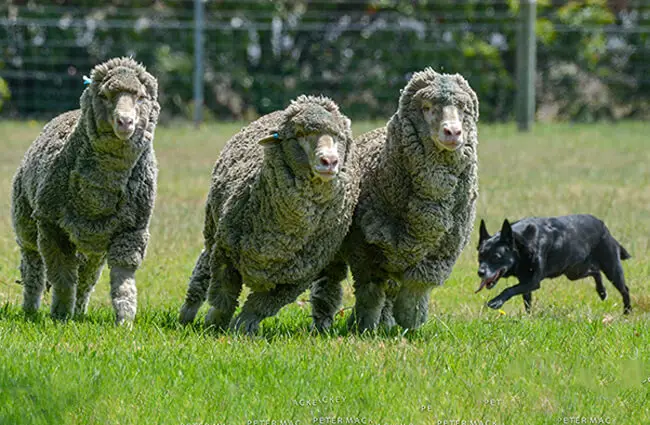
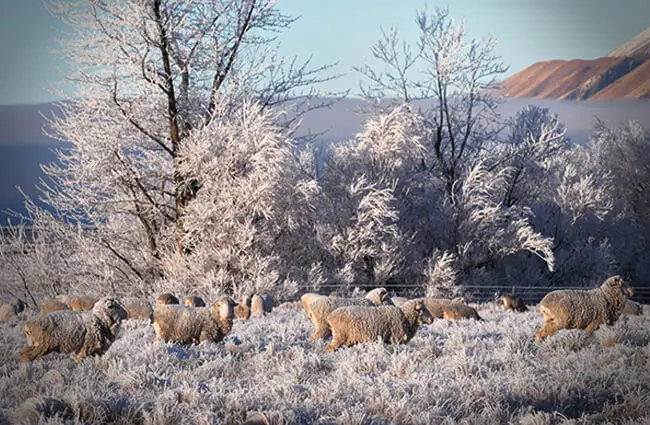


![Merino muster in the early morning mist Merino muster in the early morning mist Photo by: Bernard Spragg. NZ [public domain] https://creativecommons.org/licenses/by-nd/2.0/](https://animals.net/wp-content/uploads/2020/03/Merino-2-650x425.jpg)
![A small flock of Merinos in the sunset. A Small Flock Of Merinos In The Sunsetphoto By: Michael Chaberski [Public Domain]Https://Creativecommons.org/Licenses/By-Nd/2.0/](https://animals.net/wp-content/uploads/2020/03/Merino-6-162x141.jpg)
![Country traffic jam — these sheep have the right-of-way when being herded to new pastures. Merino Sheep In The Road Photo By: Bernard Spragg. Nz [Public Domain] Https://Creativecommons.org/Licenses/By-Nd/2.0/](https://animals.net/wp-content/uploads/2020/03/Merino-1-162x141.jpg)
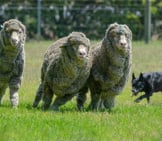
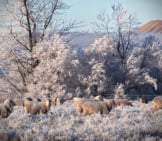

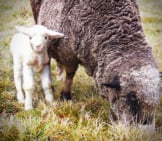
![Merino muster in the early morning mist Merino Muster In The Early Morning Mist Photo By: Bernard Spragg. Nz [Public Domain] Https://Creativecommons.org/Licenses/By-Nd/2.0/](https://animals.net/wp-content/uploads/2020/03/Merino-2-162x141.jpg)
![Red Angus Closeup of a beautiful Red Angus cowPhoto by: U.S. Department of Agriculture [pubic domain]https://creativecommons.org/licenses/by/2.0/](https://animals.net/wp-content/uploads/2020/03/Red-Angus-4-238x178.jpg)












![Red Angus Closeup of a beautiful Red Angus cowPhoto by: U.S. Department of Agriculture [pubic domain]https://creativecommons.org/licenses/by/2.0/](https://animals.net/wp-content/uploads/2020/03/Red-Angus-4-100x75.jpg)

